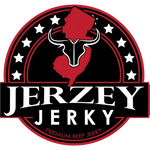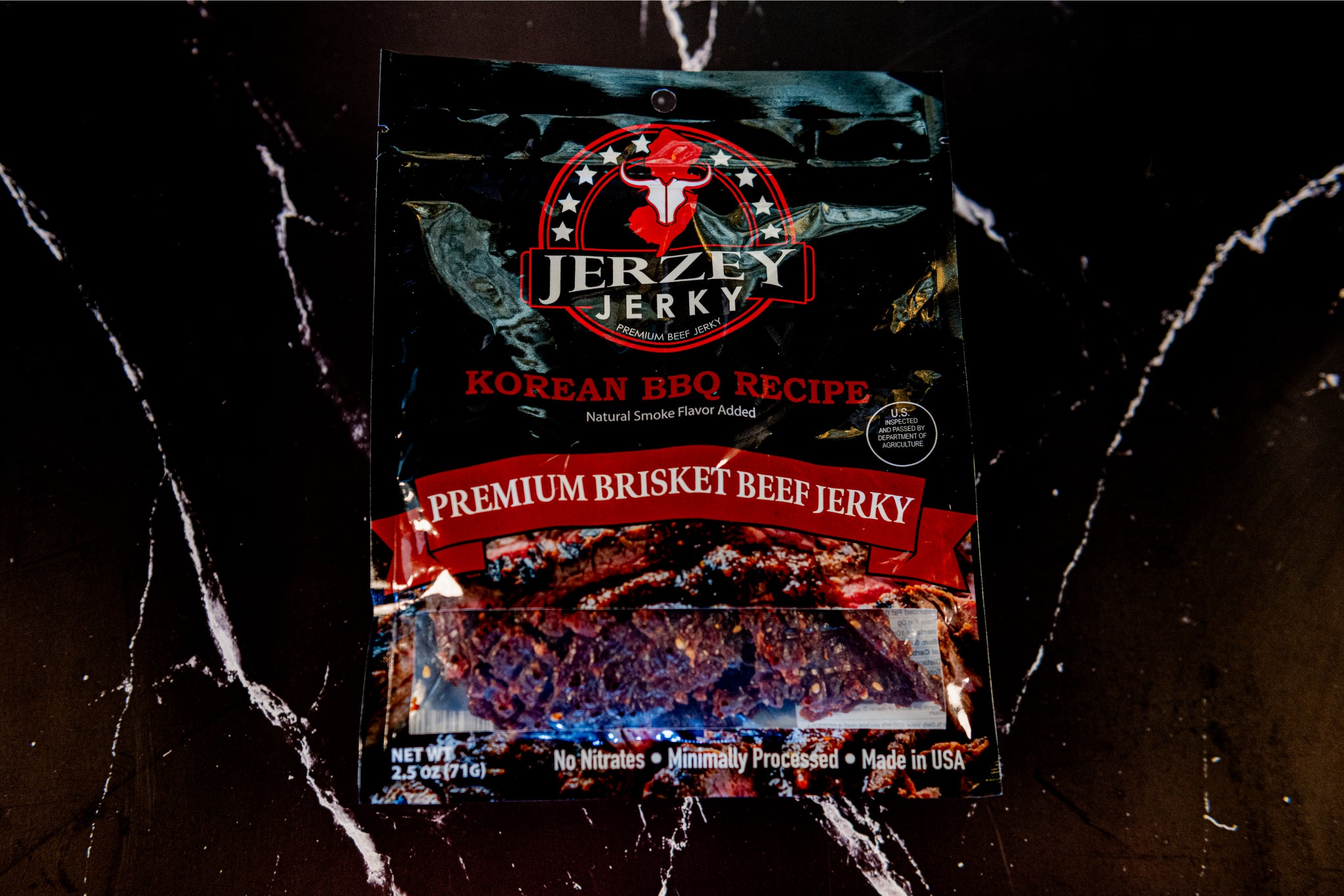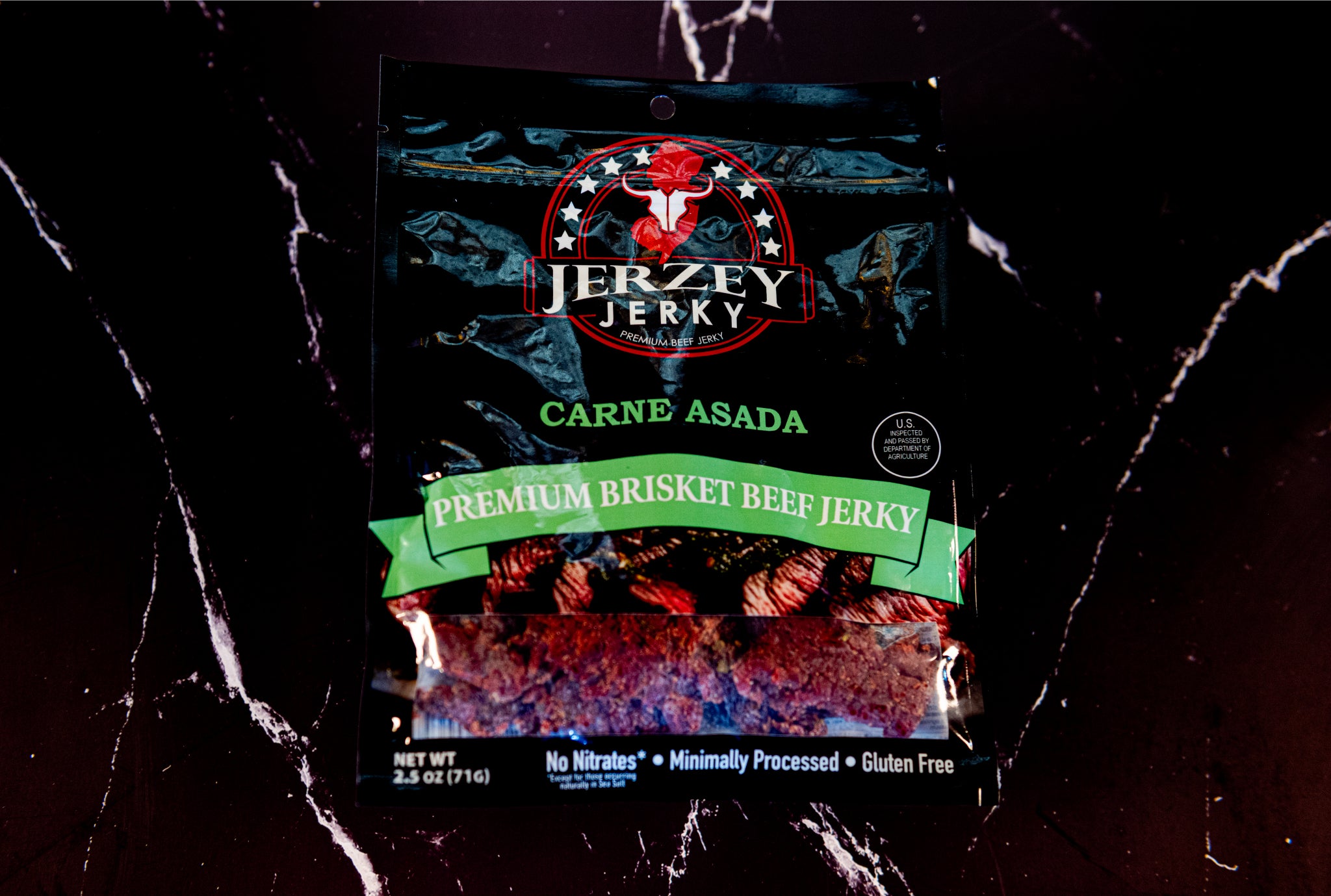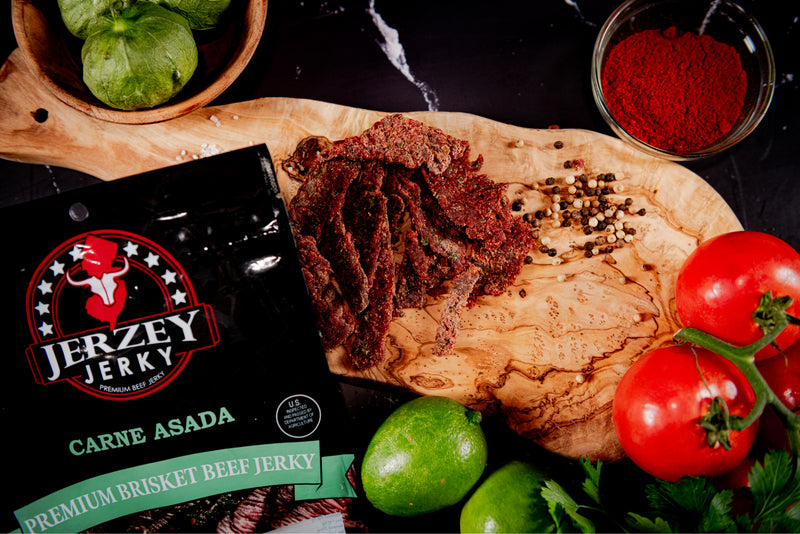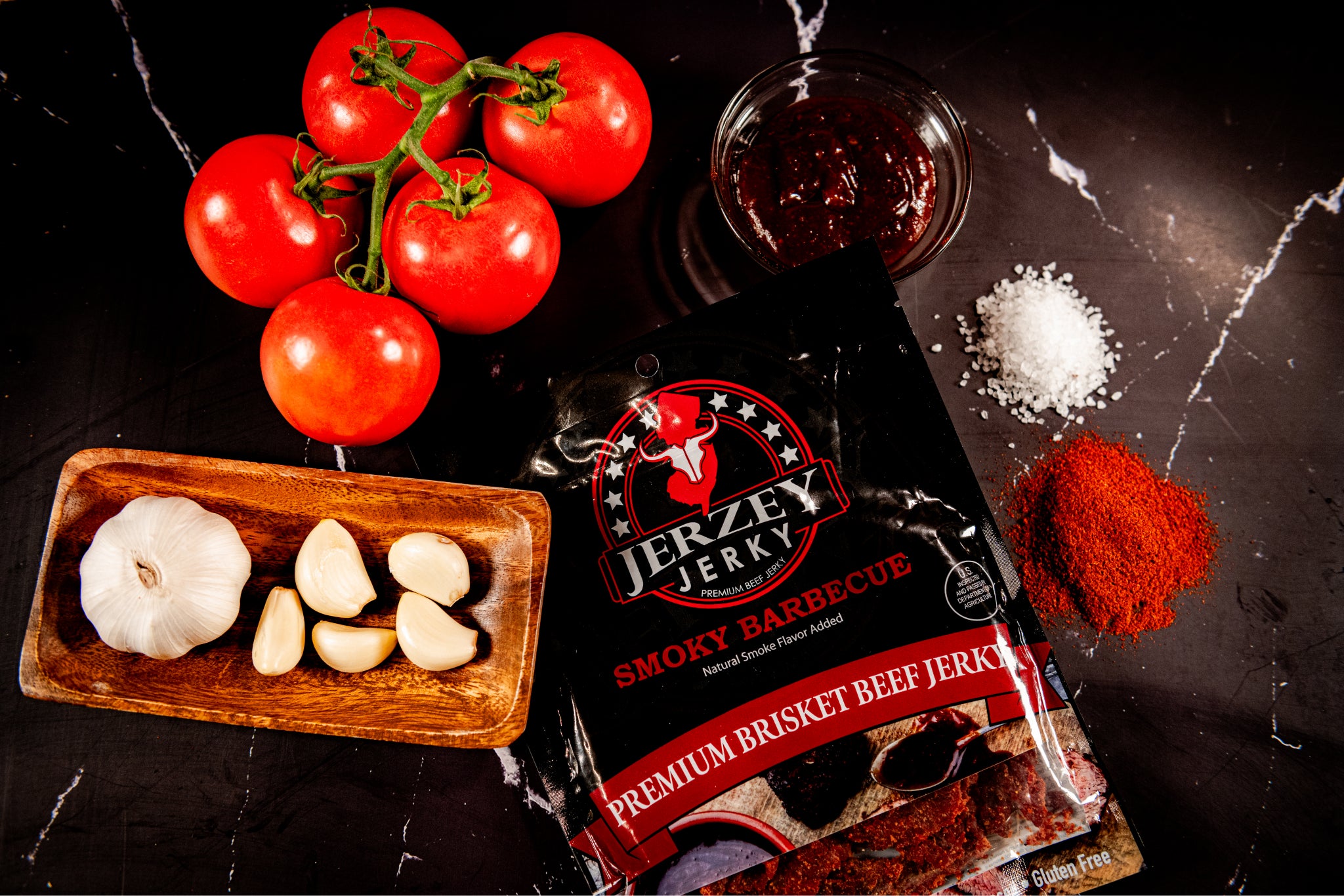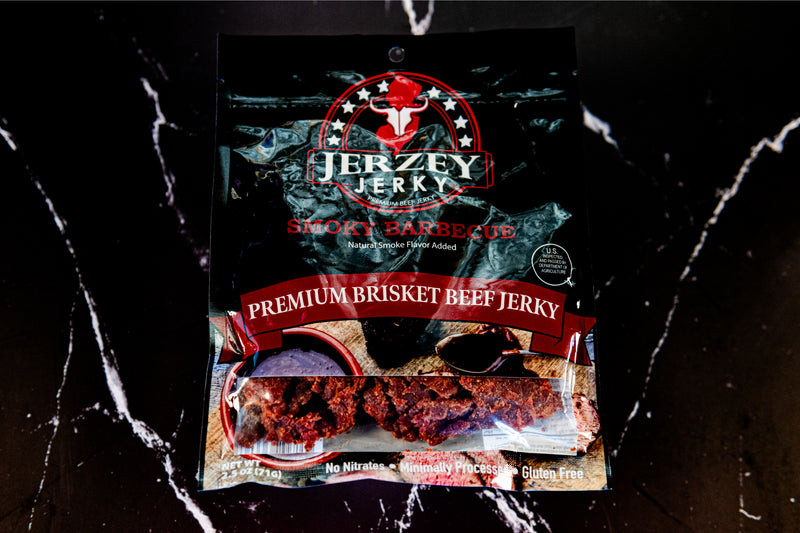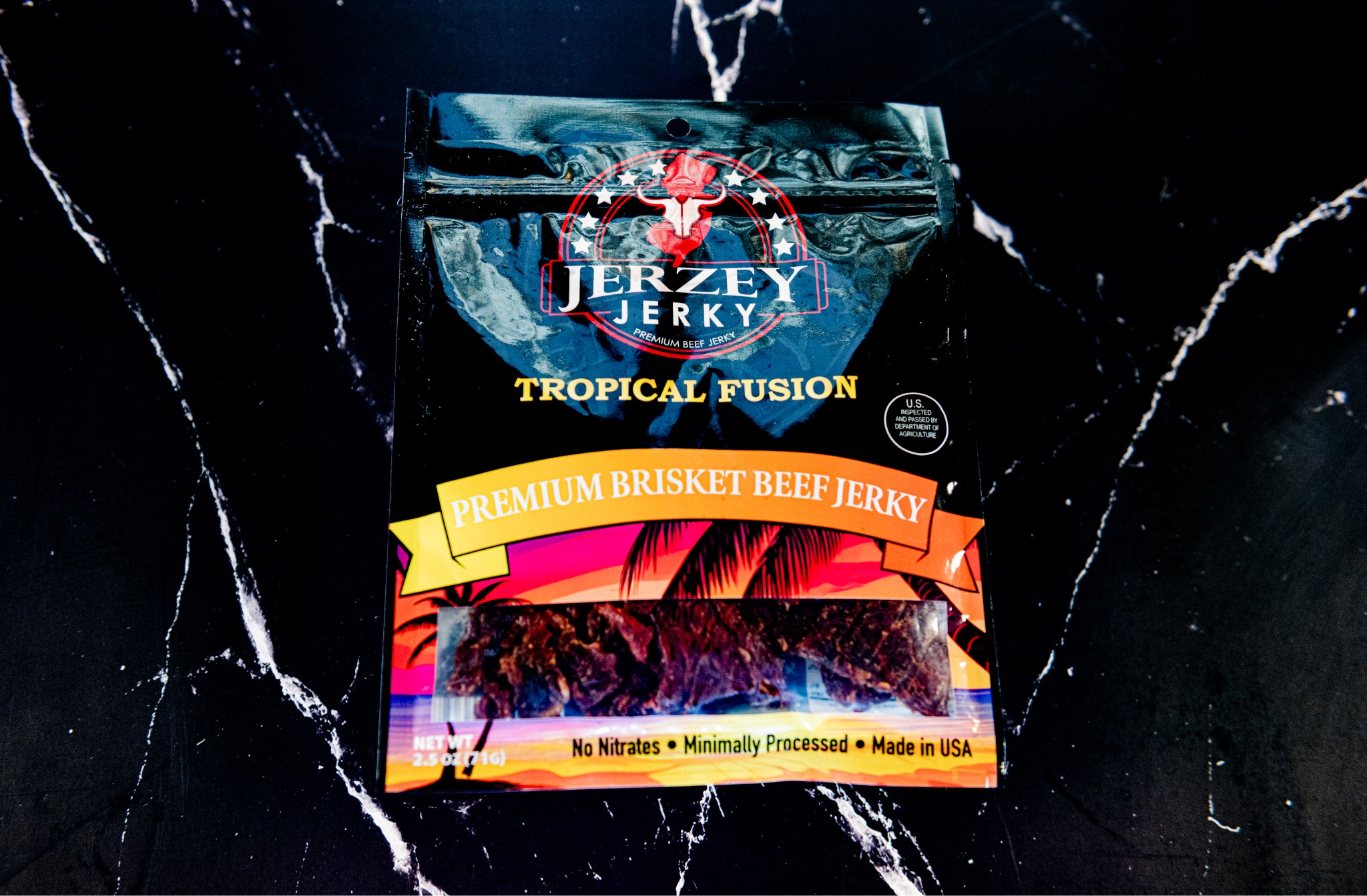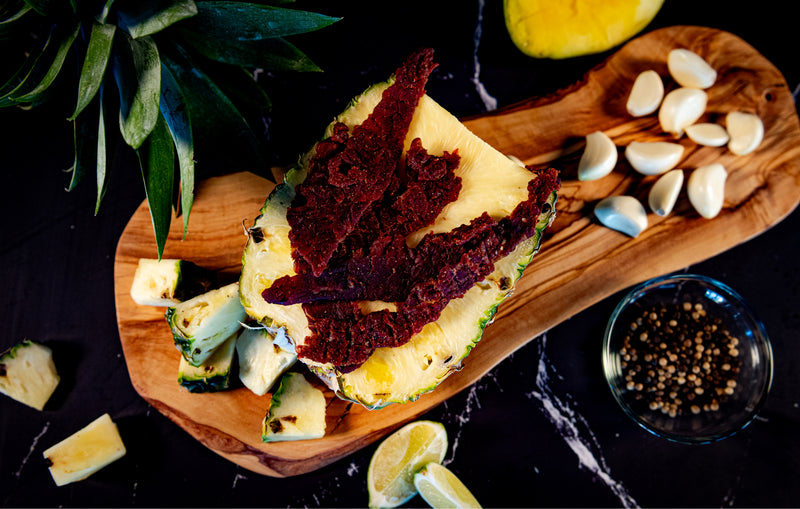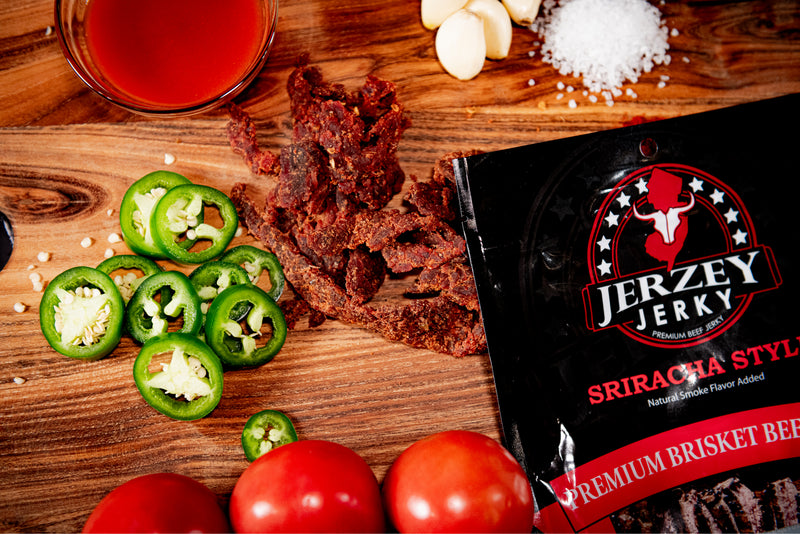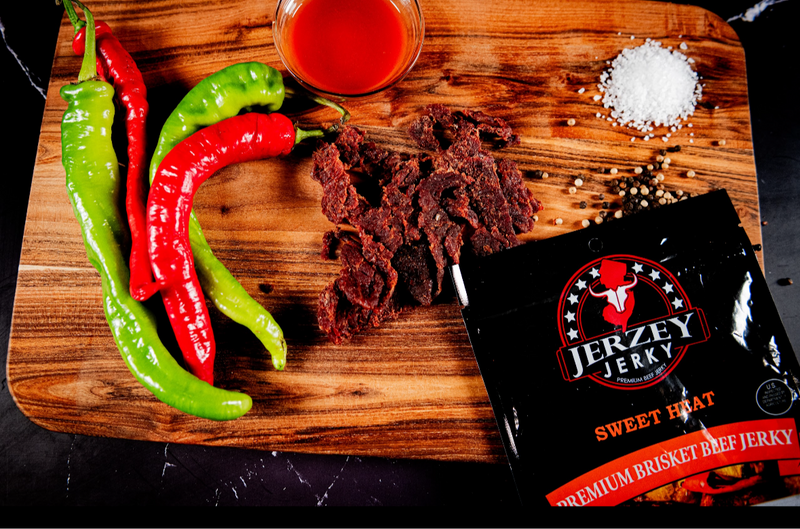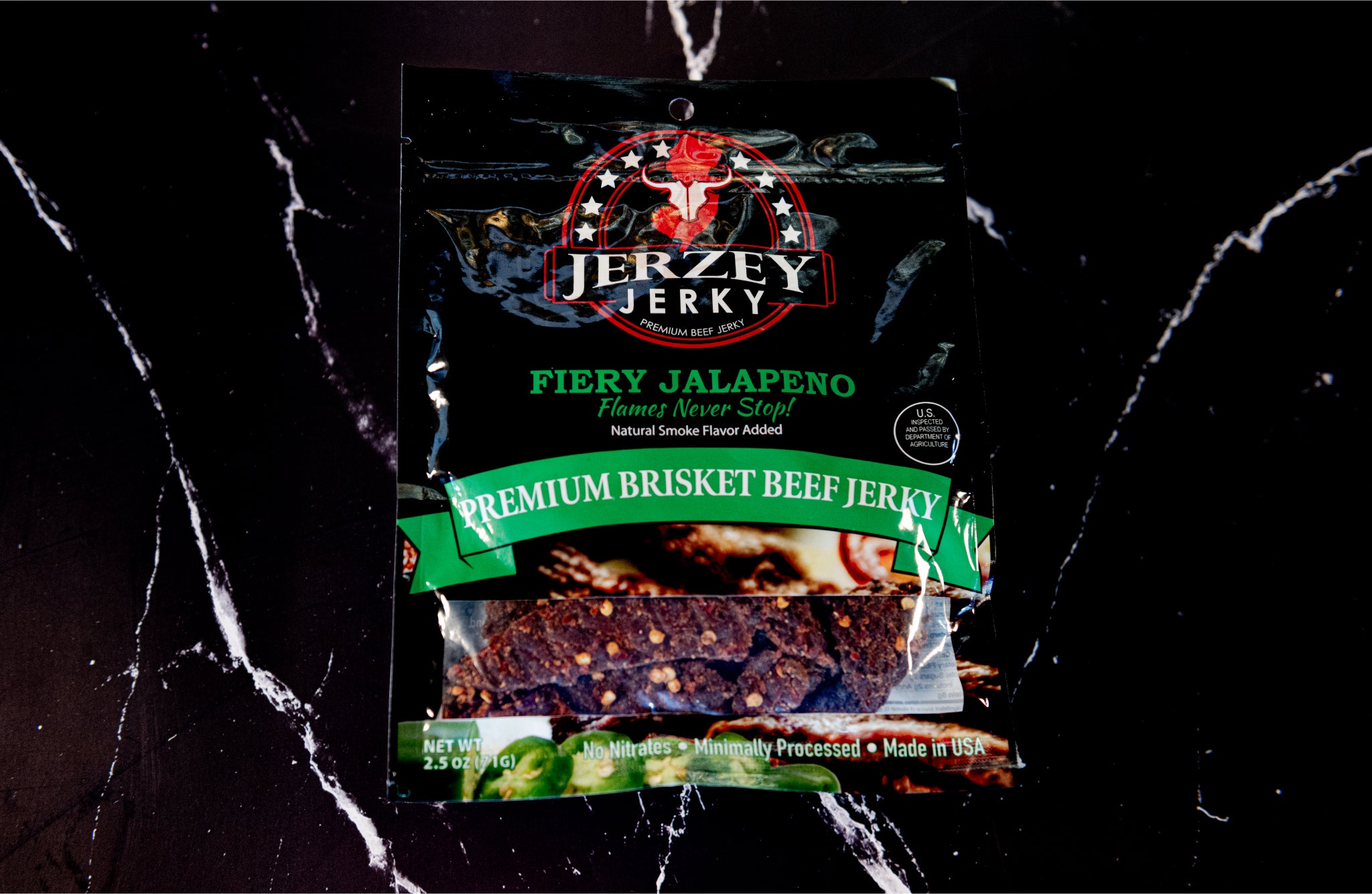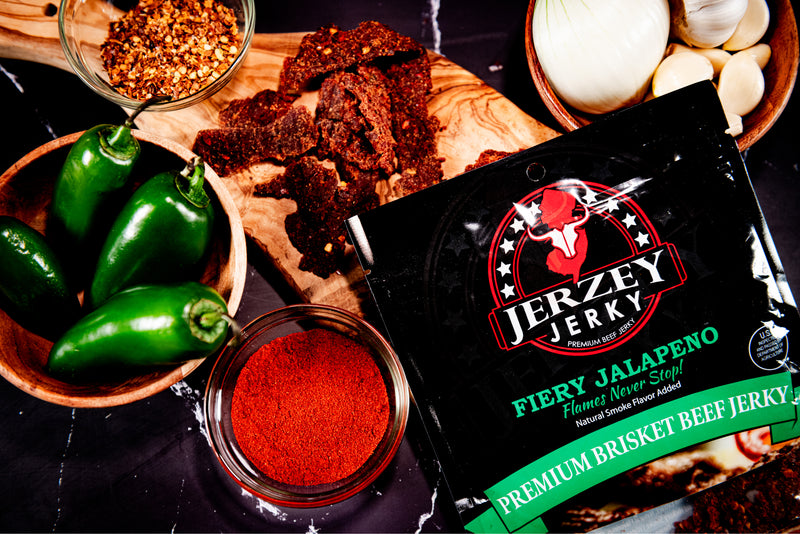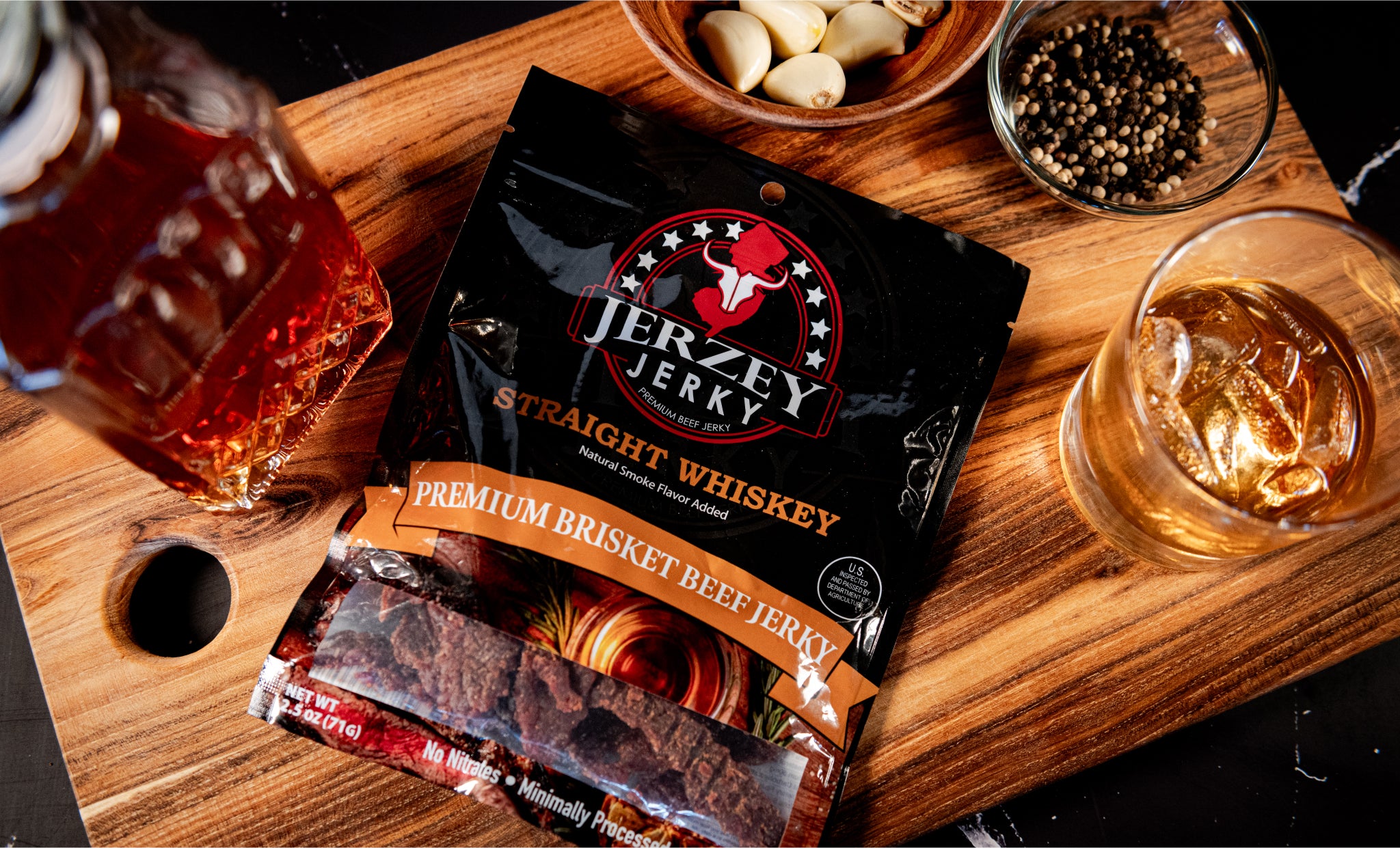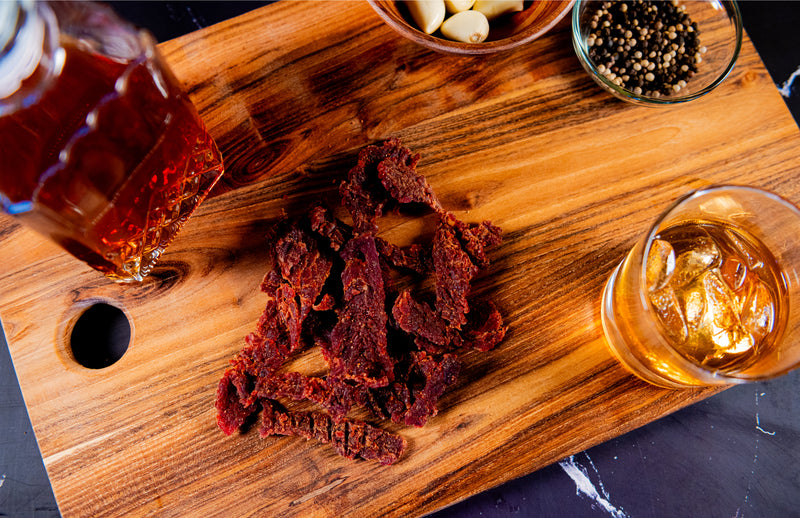
Sous Vide Beef: Cooking Method, Flavor, and Nutritional Value
Sous vide’ is a French term that means ‘under vacuum. In this method, beef is cooked in a vacuum-sealed bag which is placed at a controlled temperature. This method ensures tender texture, even cooking, and locks in natural juices. This is difficult to attain with other cooking methods. It is popular in home kitchens and fine dining with sous vide machines.
What is the Nutritional Value of Sous Vide Beef?
The nutritional value of sous vide beef depends on these four components:
- Calories & Protein: The calorie count depends on the cut of the beef. For example, a leaner cut of sirloin has fewer calories(120 calories per 3 oz), while ribeye is a fattier cut containing 436 calories per serving. All beef cuts are a good source of protein, but chuck roast beef offers more soluble and easier-to-digest proteins.
- Fat Content: There is no need for extra fat to prevent sticking or to preserve natural marbling. It allows the cook to control the final fat content in the beef. As the fat content is high in fattier cuts and low in leaner ones. Cook cuts off the excess fat in the trimming process to make it a healthier option. Sous vide chuck roast contains 29.4g of fat per 235.3g serving.
- Vitamins & Minerals: This method preserves more of the water-soluble minerals and vitamins as compared to grilling or boiling. Vitamins B and B12 are important for DNA synthesis and proper nerve functioning. Nutrients like iron and zinc are also useful for bone health, heart health, fluid balance, and oxygenation in red blood cells.
- Health Note: Cooking beef at high temperatures results in polycyclic aromatic hydrocarbons (PAHs) and heterocyclic amines (HCAs). These compounds increase the risk of cancer. Sous vide beef prevents the formation of such compounds. Slow heating breaks down the collagen and connective tissue in beef. It makes the beef more tender and digestible for humans.
Shop the best-selling Teriyaki Beef Jerky - Brisket & Korean BBQ Beef Jerky - Brisket !
What are the Characteristics of Sous Vide Beef?
Here are the four characteristics of sous vide beef:
- Flavor Profile: The flavor of the sous vide beef is tender, intensely beefy, and juicy, as the vacuum bag concentrates all the nutrients in it. The complex, savory crust on grilled or pan-seared steak occurs with the Maillard reaction. In sous vide beef, this reaction doesn’t occur. The final high-temperature sear is needed for developing a satisfying crust or to add a smoky flavor.
- Texture: Its texture remains succulent and tender. The moisture remains in the vacuum bag, which makes the beef juicy and moist. Beef is cooked to the exact desired doneness from the center to the edge. The muscle fibers remain tender for rare(120–128°F / 49–53°C) and medium-rare (129–134°F / 54–57°C).
- Appearance: The finishing sear creates a good golden-brown crust. Otherwise, the beef looks grey and unappealing. A traditional cooked beef contains temperature gradients.
- Consistency: The sous vide beef results are highly repeatable compared to traditional cooking. It allows a flexible cooking window, unlike other methods, where a minute too long overcooks the beef.
How to Identify Sous Vide Beef?
These are the four signs to identify sous vide beef:
- Even Doneness: Traditional beef is prepared at high temperature, due to which it shows a gray band on the outside, which turns pink at the center. Sous vide beef color remains consistent from edge to edge.
- Tender Bite: The sous vide beef remains moist and juicy, unlike traditional dry, chewy beef.
- Restaurant Indicator: Chiefs use this method to prepare a large quantity of proteins in advance. The beef, named as perfectly cooked beef, edge-to-edge beef, or melt-in-your-mouth tender, indicates that the beef is prepared with this method.
- Presentation: The Maillard reaction is a key step in the beef processing. After beef searing, it shows a savoury crust and signature edge-to-edge doneness inside.
How is Sous Vide Beef Made?
- Seasoning & Preparation: Any cut of beef can be used for the sous vide method. Filet mignon, ribeye, and sirloin cook more easily than the fattier cuts. Chuck roasts require more time to become tender. Beef cut seasoned with herbs, pepper, salt, or marinades. Aromatics like crushed garlic cloves or fresh herbs are also used to add extra flavor during the cooking process.
- Vacuum Sealing: After complete preparation of sous vide beef, it is placed in a zipper-lock bag or heat-safe vacuum bag with air removed. Slowly place the bag in the water to allow the water pressure to remove extra air before sealing the bag.
- Water Bath Cooking: The bag is immersed in the water bath at a set temperature (e.g., 129°F/54°C for medium-rare). The sous vide machine is attached to the container or pot. It circulates water and heat to maintain a constant environment.
- Cooking Time: It depends on the cut type and thickness. Filet or ribeye is cooked for 1 to 4 hours to tenderize enough. Fattier cuts like brisket or chuck roast require 24 to 48 hours to break down connective tissue.
- Finishing Step: Searing beef in a hot pan creates a caramelized crust. It becomes ready to eat after the searing process.
What Cuts of Beef are Best for Sous Vide?
These four cuts of beef are best for sour vide:
- Tender Cuts: Filet mignon, strip steak, and ribeye are known for their tenderness and edge-to-edge cooking.
- Tough Cuts: Brisket, short ribs, or chuck roast are also useful for sous vide beef. These cuts are rich in collagen and connective tissue, which enhances the flavor.
- Popular Steak Choices: These cuts combine a tenderloin and a strip steak. Sirolin is flavorful and moderately tender sous vide, which becomes more tender up to 10 hours of heating.
- Lean Cuts: Round, flank, and skirt steak are good sources of tender beef. They become tender with sous vide at low temperature.
What are the Cooking Times & Temperatures for Sous Vide Beef?
The following are the cooking temperatures and times for sous vide beef:
- Steaks (Medium-Rare): Cooking time for steaks depends on thickness, not doneness. Medium-rare doneness uses a temperature of 129°F (54°C) for 1–2 hours.
- Roasts: Tougher roasts require 135°F (57°C) for 6–24 hours to produce flavorful beef. This ideal temperature is key to cooking tough cuts into flavorful and tender beef.
- Brisket: There are two options for brisket texture. 155°F (68°C) for 26-72hours is used for a tender steak-like texture. An extra-moist texture is obtained at 155°F (68°C) for 24–36 hours.
- Short Ribs: Sous vide is excellent for creating a variety of textures in short ribs, from tender and steak-like to extra soft. Tender-streak-like texture is obtained by heating up to 131°F (55°C) for 36–72 hours. While 150°F (65°C) for 1–2 days is used for a traditional braised-like texture.
- Safety Notes: Finish the process with a sear to kill surface bacteria and add proper flavor and texture. Avoid leaving beef between 40°F (4.4°C) and 130°F (54.4°C) for more than a few hours. This range is called the danger zone, where harmful bacteria can grow.
What are the Buying & Storage Tips for Sous Vide Beef
There are four storage and buying tips for sous vide beef:
- Buying: Always choose well-marbled and high-quality beef cuts. Prefer purchasing from a reputable store or a butcher to maintain quality.
- Storage Before Cooking: Place the beef in the refrigerator in case it’s going to cook in a few days. Vacuum-seal raw beef and freeze it for longer use. It also allows a consumer to directly put the bag in a water bath for cooking. In such a case, the cooking level increases up to 50%.
- After Sous Vide Cooking: After the beef is cooked, it needs to be stored. Then, place the sealed vacuum bag from the water bath in the ice bath to cool it quickly. It prevents the danger zone(40–130°F / 4.4–54.4°C).
- Freezing Option: Sous vide-cooked beef is used for months by freezing it immediately after preparation. The beef is reheated directly in a water bath, which is followed by searing at the time of use. It allows the preparation of a large quantity of beef that is ready to cook whenever needed.
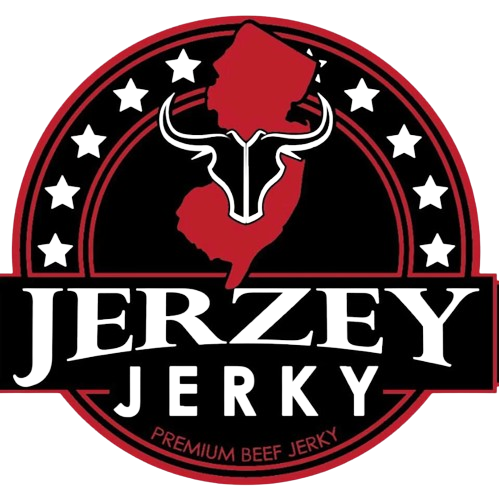
 2025-09-11
2025-09-11
 Wayne Holland
Wayne Holland

